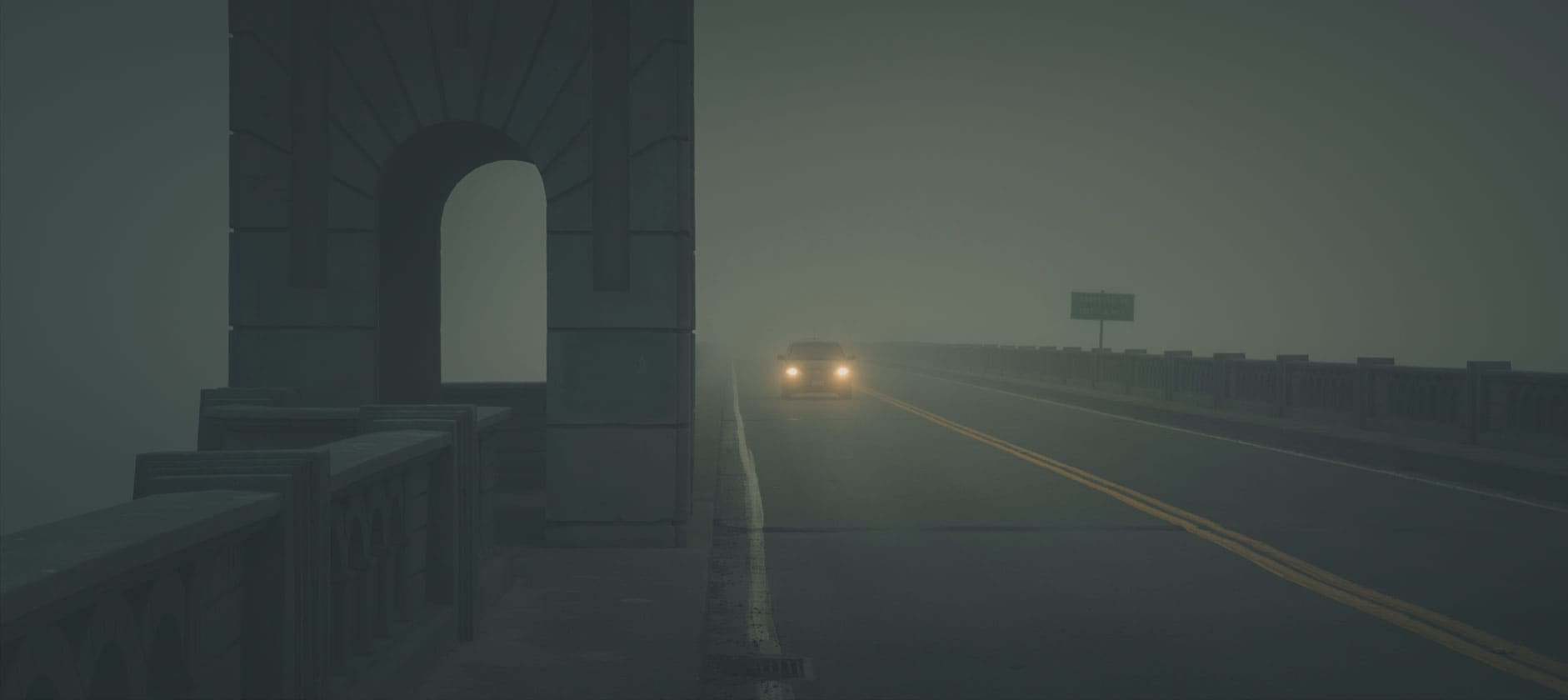Lost In The Mist: A Photoseries
Christopher Soukup’s tells the moodiest and coolest story ever through his photography. He seemingly uses photography as a way to detach from a business job in Silicon Valley. His photography skills have such a vast range that reach multiple levels of talent and he skillfully turns quiet, deserted streets in downtown San Francisco into moody cinematic storylines.
The subject of his images? A car swamped in shadow, street lamps or a silhouette lost in mist. He captures assertiveness of the space and the mind of the viewer. Empty and moody images that seem to capture the stillness of a movie scene from the mind of a very talented photographer. The man’s own story is shown through the images and takes the viewer on his own story from childhood, to Silicon Valley, to vintage camera film. We speak to him and delve more into his story.
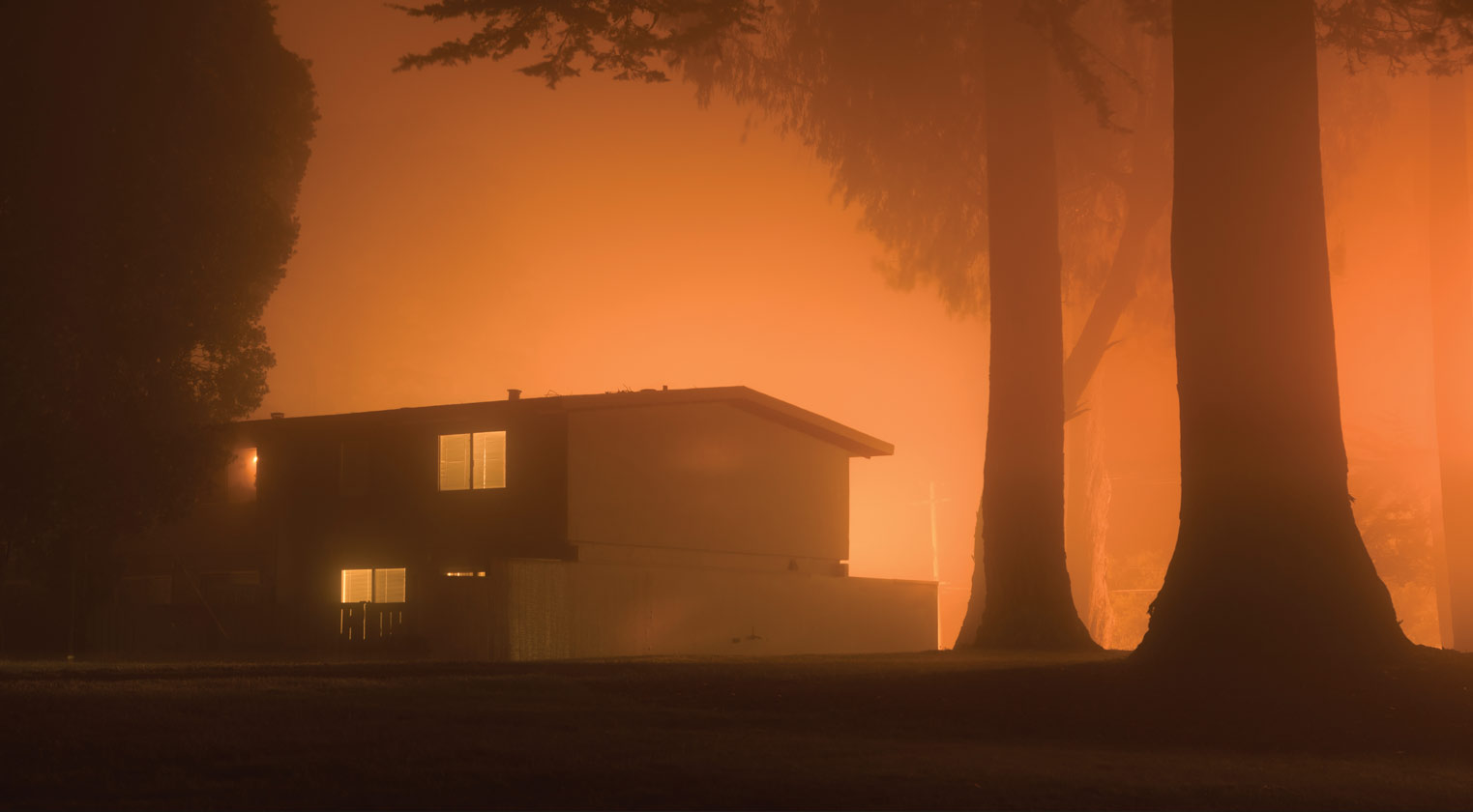
Tell us about the man behind the lens.
For the past decade, I have lived in San Francisco, California, U.S.A. along with my wife and trusty dog. Before moving to the San Francisco Bay Area, I lived in the rust belt areas of Maryland, New Jersey, Chicago and for most of my youth, in Pittsburgh, Pennsylvania. My studies were centred around business, with a career in business and IT industries, working in the Silicon Valley and in San Francisco.
What made you pursue photography?
Although there is room for a certain type of creativity in the business and IT world, it is not necessarily the type that appeals to me the most. In searching to fill that creative void, photography surfaced as a choice since there are unlimited opportunities when one has a camera and roll of film (or a digital senseor). Starting out as a creative outlet, photography has now turned into a serious endeavor for me.
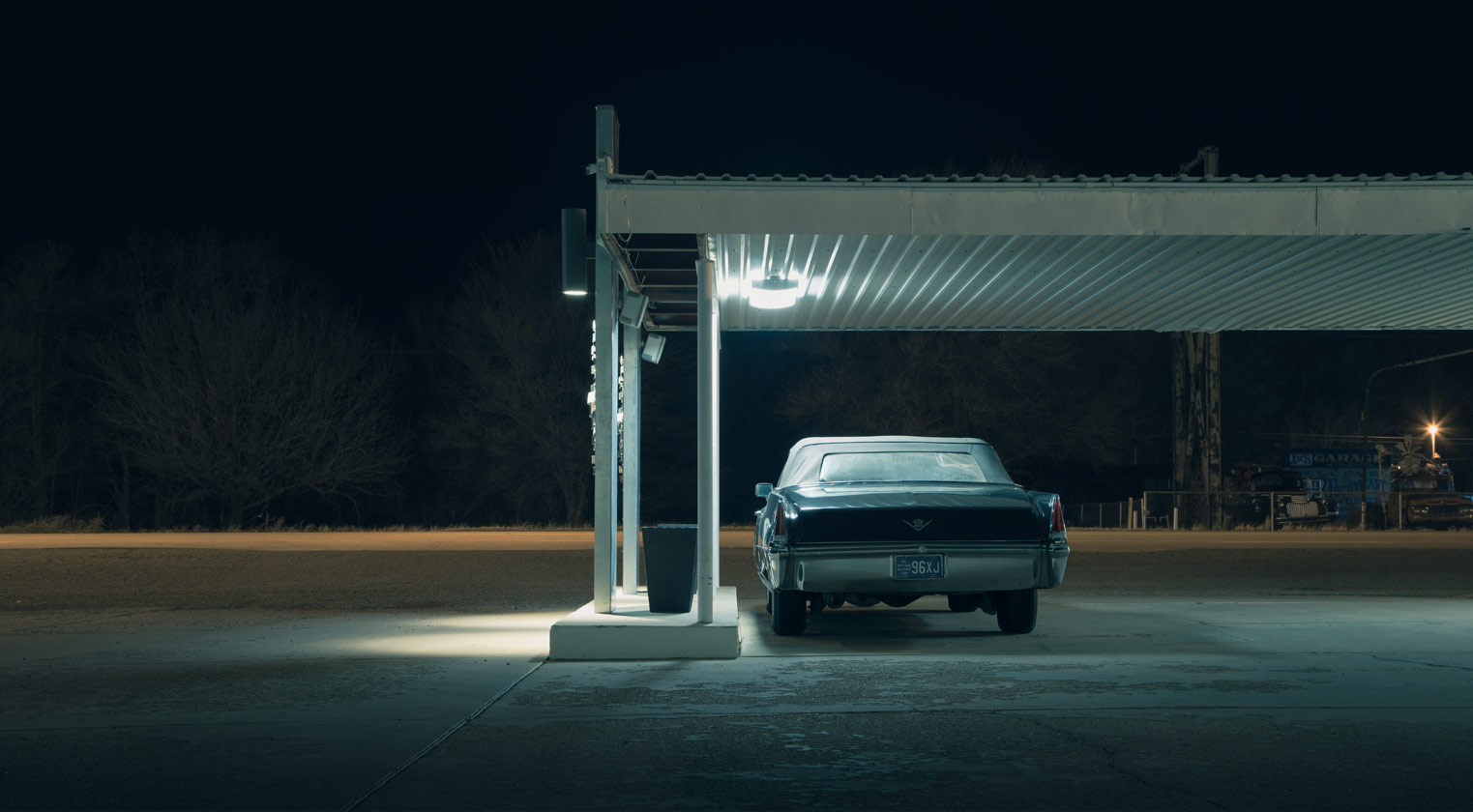
What influences your work?
There are many items that influence my work. Looking at other photographers’ work helps to give me ideas, but I try to limit that as doing too much of that can be counterproductive for your creativity. Indirectly, music seems to put myself in the right frame of mind and, oddly at times, seems to allow me to see things a bit differently when I am out making photographs. It helps to have your mind a step or two removed from the day to day reality, especially since my photographs have the intention of presenting a feeling over documenting.
As someone who is firmly in middle age, you find more reasons to pause and consider how you have come to wherever you are. Especially so when looking at what shaped you during your formative years. I think some of my memories of growing up, real or fuzzy, help to influence what I am searching for while going through this photography process. I suppose that is mostly the case for many people my age or anyone who picks up a camera and starts shooting.
What motivates you most to create?
I think there is an addictive cycle to making photographs. I enjoy the process of going out, finding the unexpected, maybe revisiting a location and making a few exposures. This is followed by developing, editing and seeing how that photograph translates to paper.
When it comes together, it can be very satisfying, enough so to make you start the cycle over again. Most of it is being in the process, much more than attention gained online or sales of prints. My goal is to have the making of photographs be an integral part of my life until it ends, all with the idea that I am still learning something new. Feeling measurable improvement amd seeing landscapes or even my neighborhood differently is another cyclical gift of being in the photograph making cycle.
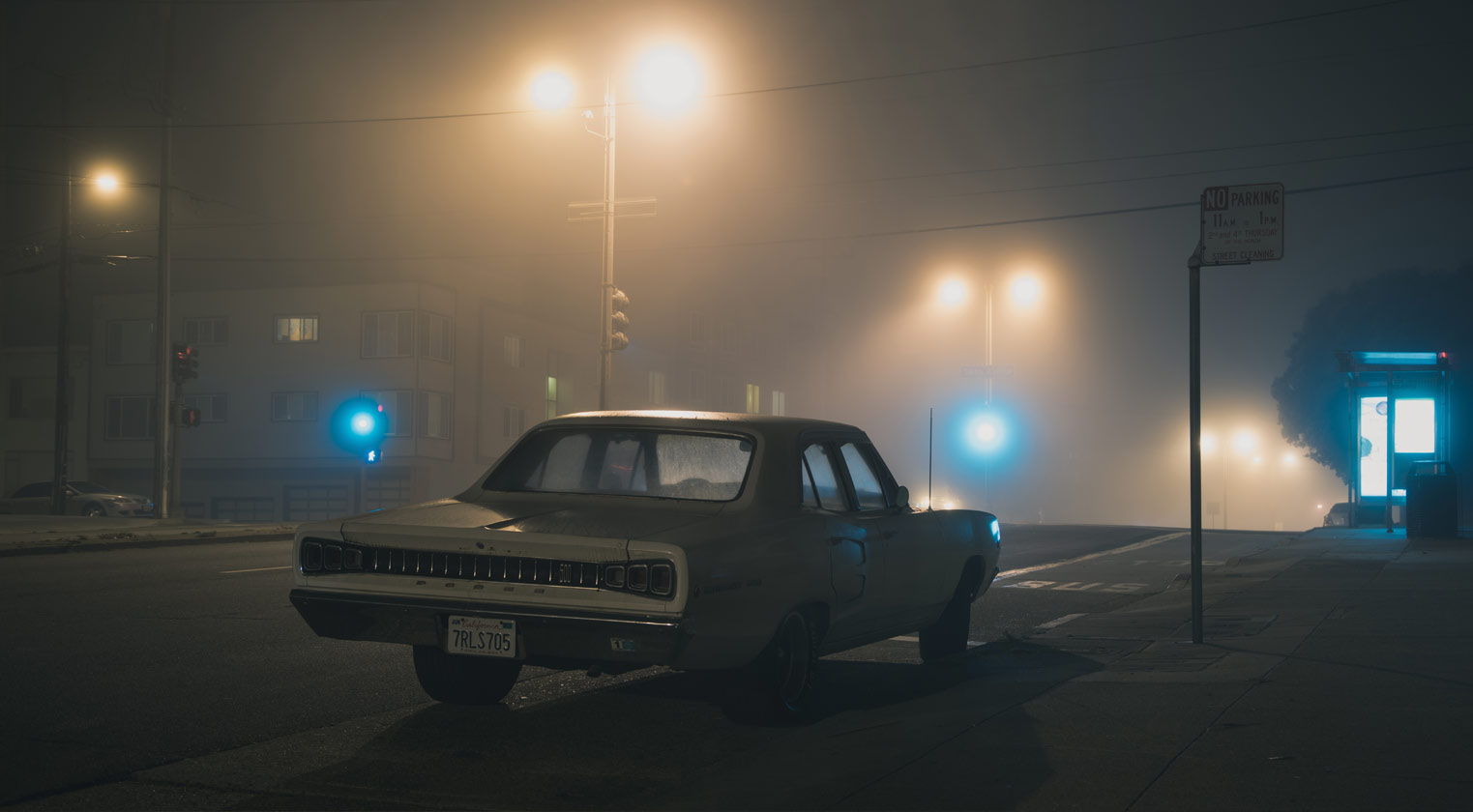
Your movie-like scenes were shot on multiple locations in America. What was your favorite place to visit and shoot?
I’ll answer this question in two parts. Most specifically, the place I have enjoyed shooting the most was Tucumcari, New Mexico. Tucumcari is small Route 66 town in eastern New Mexico. I’ve been to this town on two occasions, making a number of photographs of older motels that are either surviving or nearing an end. There is an older, rather abandoned downtown that has the feeling of being anywhere small town USA. All of the places in Tucumcari have a unique charm from a different era of travel. So much of the US has the same big box motels, shopping, etc that there is little to discern Lubbock, Texas from Long Beach, California. Tucumcari has little of that now very American-sameness. I plan on making a return visit sometime in the near future, and maybe even a book if it comes together.
The second part to this question would be any place where I have found the unexpected scene. A foggy night, or something I pass by daily that in a certain moment can present itself as something interesting when made into a photograph. Most places – those that seem mundane – can sometimes provide the most interesting of moments.
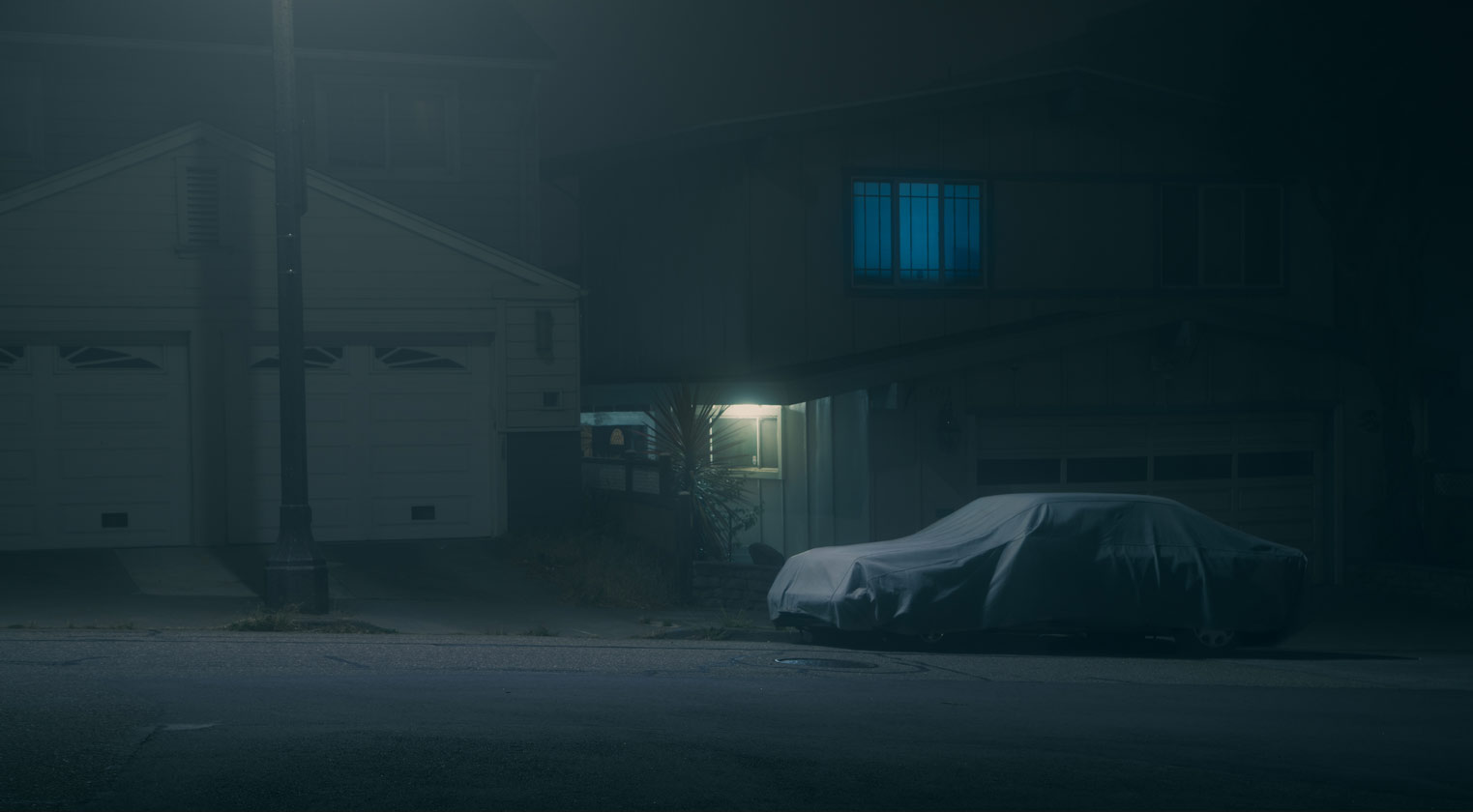
Playing with light is a main attraction to your work. What draws you to shoot eerie scenes?
The most memorable photographs for me are ones that illicit a strong feeling. Those images that put a real charge into you. A lot of my photographic interests, beyond the night work, deals with minimalism, which I think is at the heart of most of my photographs. The simplistic – a street light and fog – makes the viewer offer more interpretation, maybe a bit more imagination than a photograph filled corner to corner.
It’s in the empty spaces, in low or nearly no light is where things seem to come together for me. Maybe a bit of the darkness that I like in my photographs is some representation of myself. Thankfully that mood stays with the images and not with my day to day.
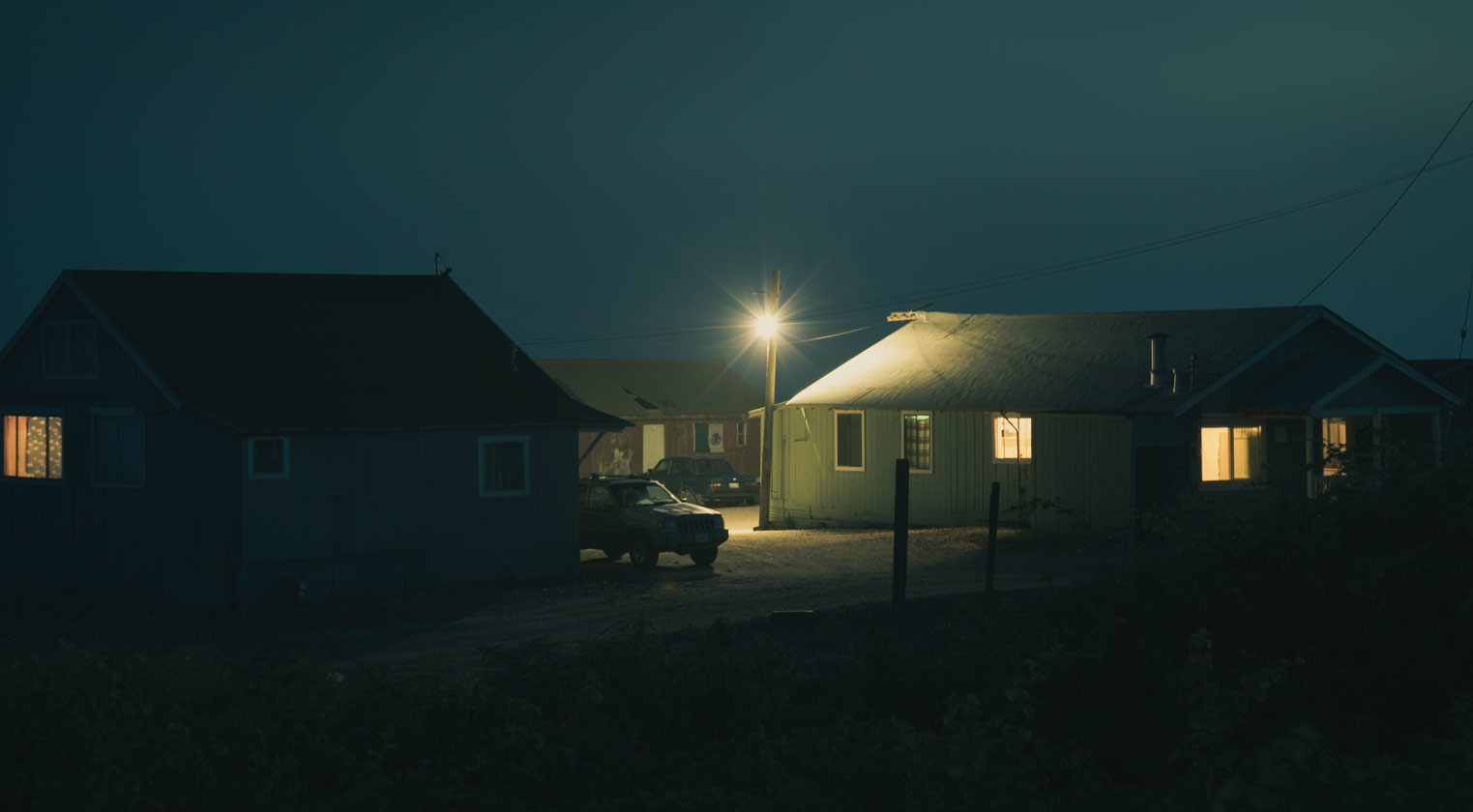
What made you take inspiration from the American cars that feature a lot in your shots?
Living in California, I feel quite a long way away, both physically and in time from my childhood in industrial towns such as Pittsburgh, PA. The cars are really about looking back to a time of my life when these large sedans ruled the road. I’ts about a memory of mine, real or imagined.
Growing up, I was eager to move and I think, unknowingly, wanted to head west. I sometimes feel like in my eagerness to move forward, that desire for progression, that I missed something along the way. By making photographs of scenes that look like they are from that area, its one way to close that loop.
Some might describe that as nostgalgia, but I reserve that term for hearkening back to a time or place that was better and simpler. I just don’t think that applies to the 70’s and early 80’s.
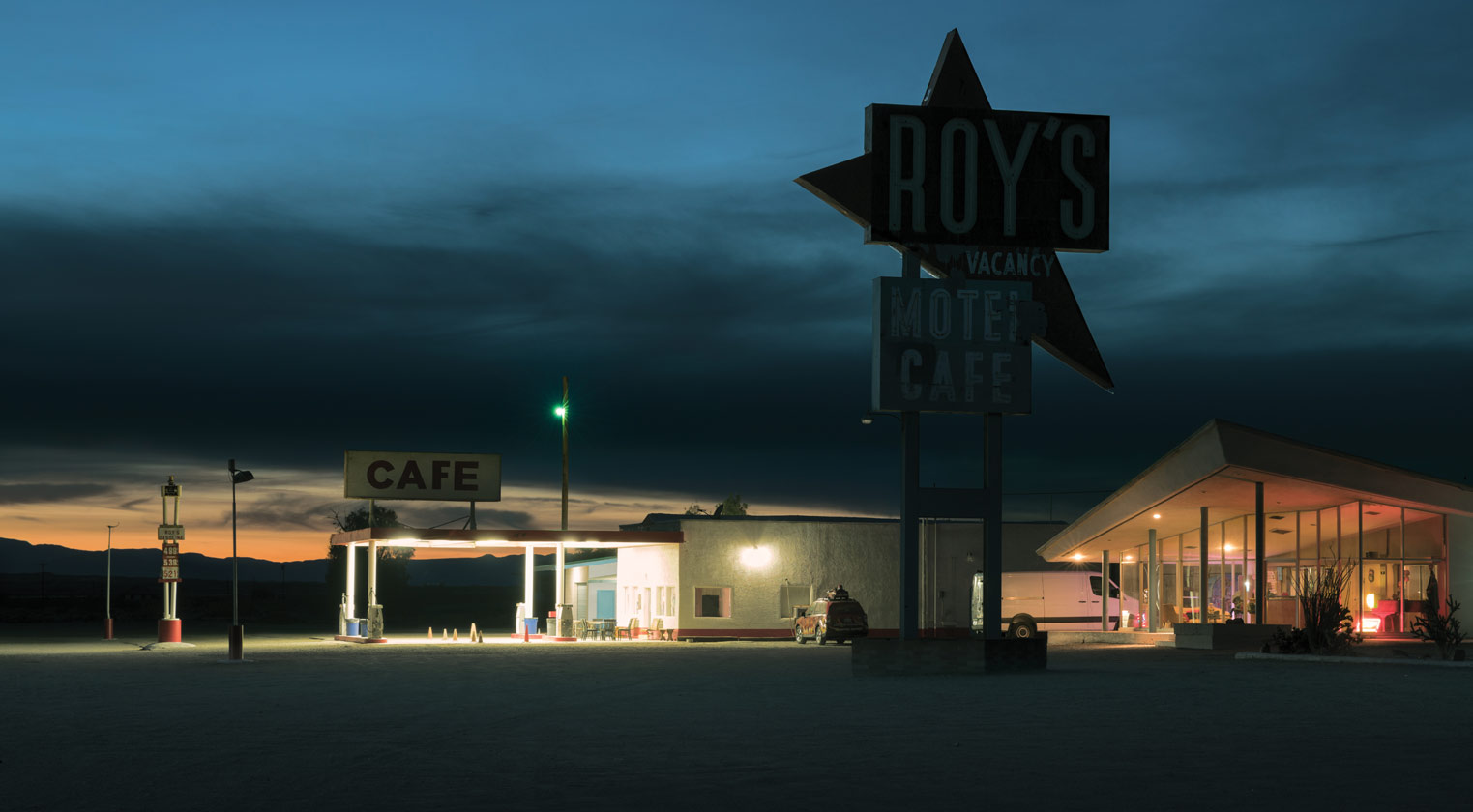
How did you want people to feel and take away from your body of work?
I think I have been more consumed with finding things to make photographs of, improving my editing, and self-evaluation of my photographs that I have not given as much consideration to what someone might take away.
All too often I am swayed by what I was experiencing while going through the various stages of making a photograph that I can be a bit surprised by others impressions, good or otherwise, of my photographs. I suppose the closest thing I can suggest is that a viewer is put on the uncomfortable line of feeling something ominous or calm.
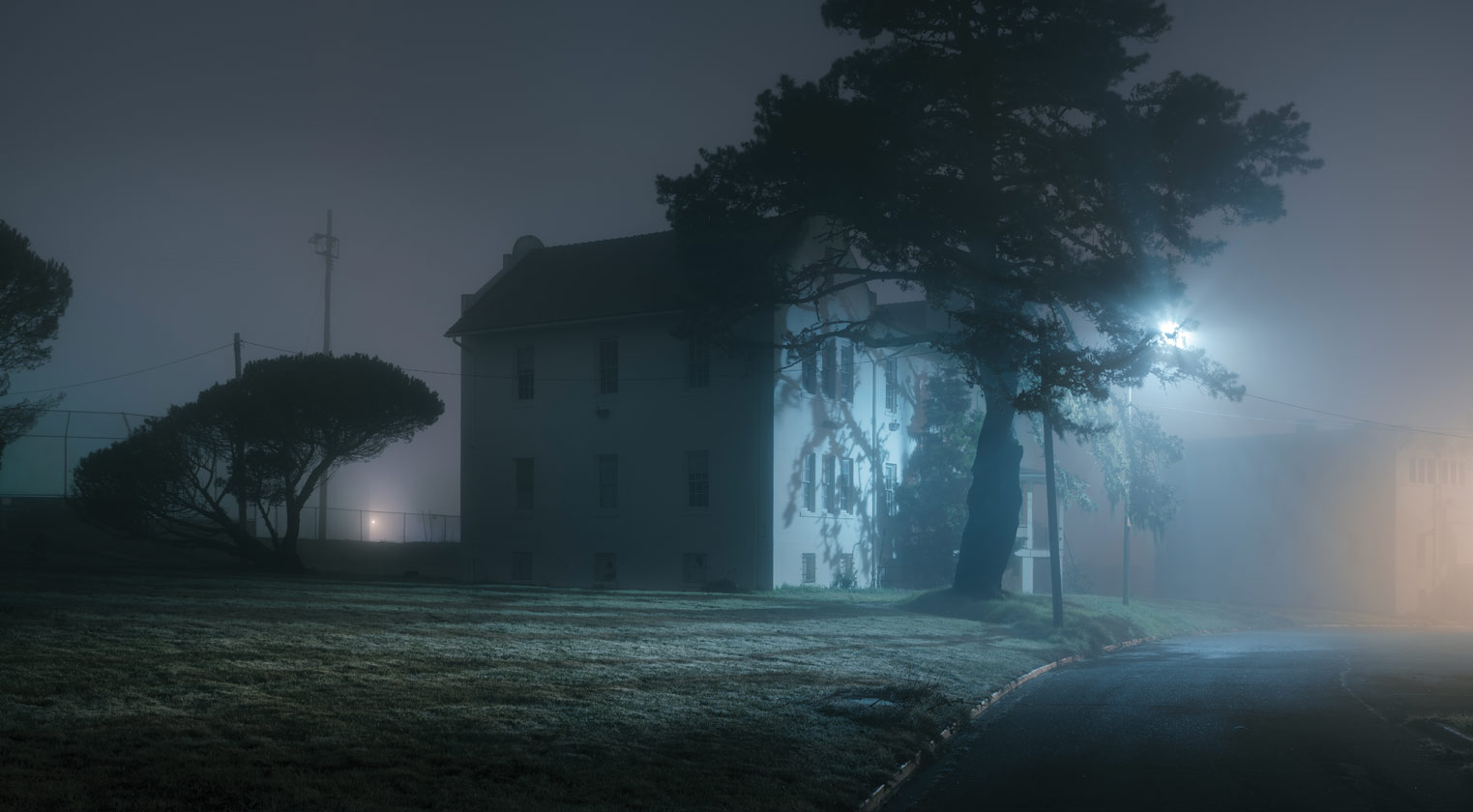
What is in your photography toolkit?
I use film and digital evenly. For my film work, I primarily use a Hasselblad 500cm with one of two prime lenses. My digital camera of choice is a Sony A7Rii. Both mediums have their advantages, though I probably lean towards using film, since something about how film renders texture and colour seems to fit very closely with the subjects and feel that I am after.
When it comes to film, I usually self develop and scan in order to add another element of control in the process.

What’s the best piece of advice you’d been given?
Simply put, make photographs for an audience of one, that being yourself. Social media is great to easily view others work and share your own, but I think if you are to get to the real essence of the medium, you need to block out likes and what others are doing.
The more consumed you are with your own opinion and less of others, I think that is the best path to creating something potentially unique and meaningful for yourself.


